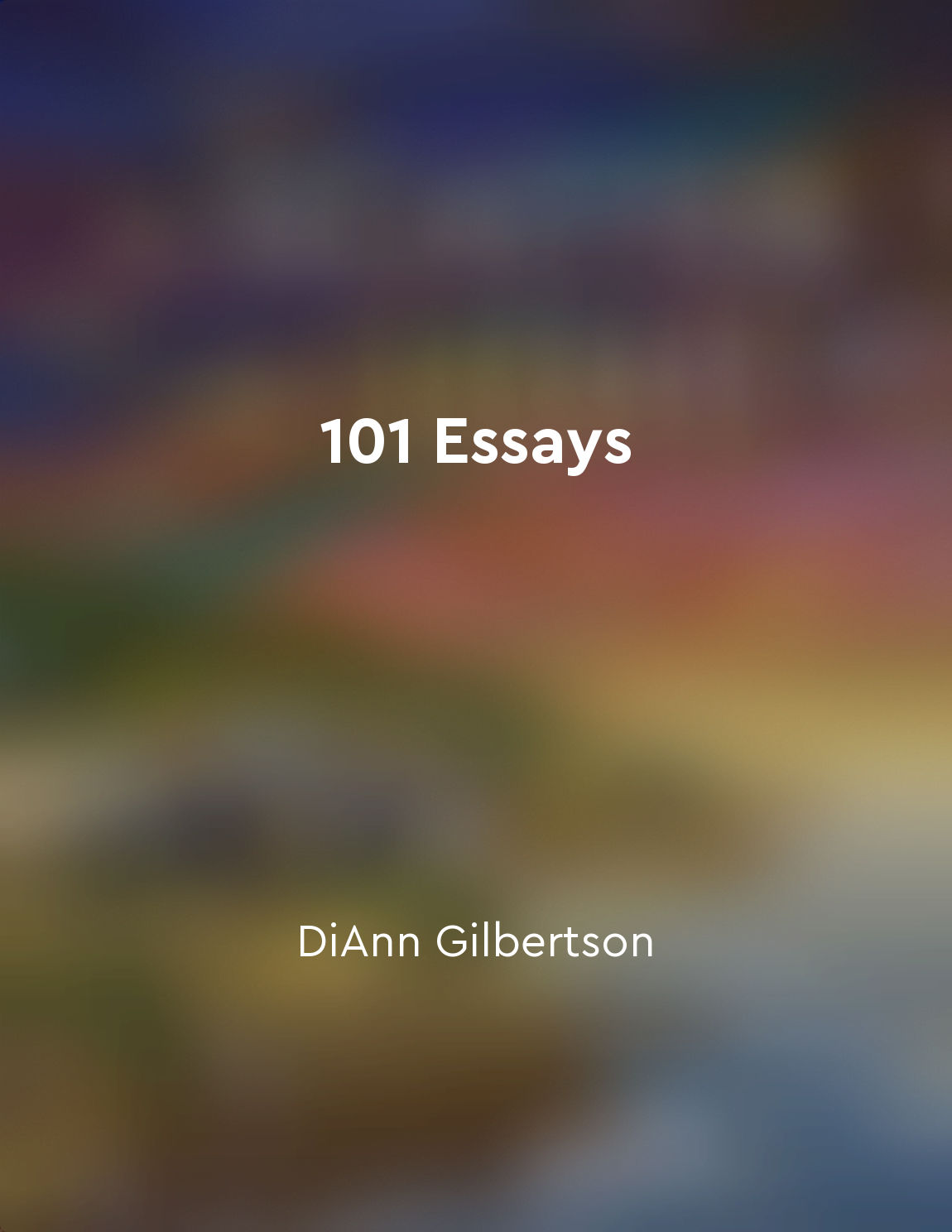Time is manipulated in comics from "summary" of Understanding Comics by Scott McCloud
Time in comics is a malleable thing, easily bent to the will of the creator. By breaking down moments into individual panels, a cartoonist has the power to manipulate time in a way that is unique to the medium. This manipulation allows for a more dynamic and engaging reading experience. Comics have the ability to compress time, condensing hours, days, or even years into a few panels. This compression allows for a quick pace and can create a sense of urgency or excitement. On the other hand, comics can also expand time, stretching out a single moment over multiple panels. This can create a sense of tension or anticipation, drawing the reader in and heightening the emotional impact of the scene. One of the key ways that time is manipulated in comics is through the use of transitions. Transitions are the way in which one panel flows into the next, guiding the reader through the story. There are six main types of transitions: moment-to-moment, action-to-action, subject-to-subject, scene-to-scene, aspect-to-aspect, and non-sequitur. Each type of transition has its own unique effect on the pacing and rhythm of the story. Additionally, the layout of the page itself can influence the perception of time. The size and shape of the panels, the placement of the gutters, and the use of splash pages or double-page spreads all play a role in how time is experienced by the reader. By carefully considering these elements, a cartoonist can control the flow of time within the comic and enhance the storytelling.- The manipulation of time in comics is a powerful tool that allows creators to craft immersive and engaging narratives. By carefully controlling the pacing, transitions, and layout of the page, cartoonists can guide the reader through the story and evoke a wide range of emotions. This unique aspect of the medium sets comics apart from other forms of storytelling and adds to their enduring appeal.
Similar Posts
Seek feedback from trusted readers for constructive criticism
To improve your writing, it is crucial to seek feedback from those you trust and respect. These individuals can provide you wit...
The creative process requires both focus and openness
To fully engage in the creative process, one must possess a delicate balance of focus and openness. This delicate balance is es...

Embracing the writing process as a journey of growth and improvement
Writing is not just about putting words on paper; it is a process of growth and improvement. When we embrace writing as a journ...
Quirky and lovable characters you'll remember
Get ready to meet a delightful bunch of characters that will surely leave a lasting impression on you. These characters are not...
Introduce conflict early on to hook readers
To capture the attention of readers, it is crucial to introduce conflict early on in the story. By doing so, the writer can imm...

